There is this common misconception about wildlife photography that you grab your camera, go out, press the shutter and come back with beautiful images of elusive birds. More often that not, it's the complete opposite. When you live in Germany, there is not a lot of wildlife around. Most of its so called nature is agricultural wastelands. Even the remaining stretches of nature are too small and too scattered to support wildlife in strong numbers. An immeasurable amount of streets are cutting each and every habitat to pieces.
In spite of all this, sometimes I fall under this spell myself. When I am sitting in my office chair, doing my day to day work and dreaming away to what I gonna do this weekend. In this daydreaming, I imagine perfect light, beautiful nature, no people, but a lot of wildlife.
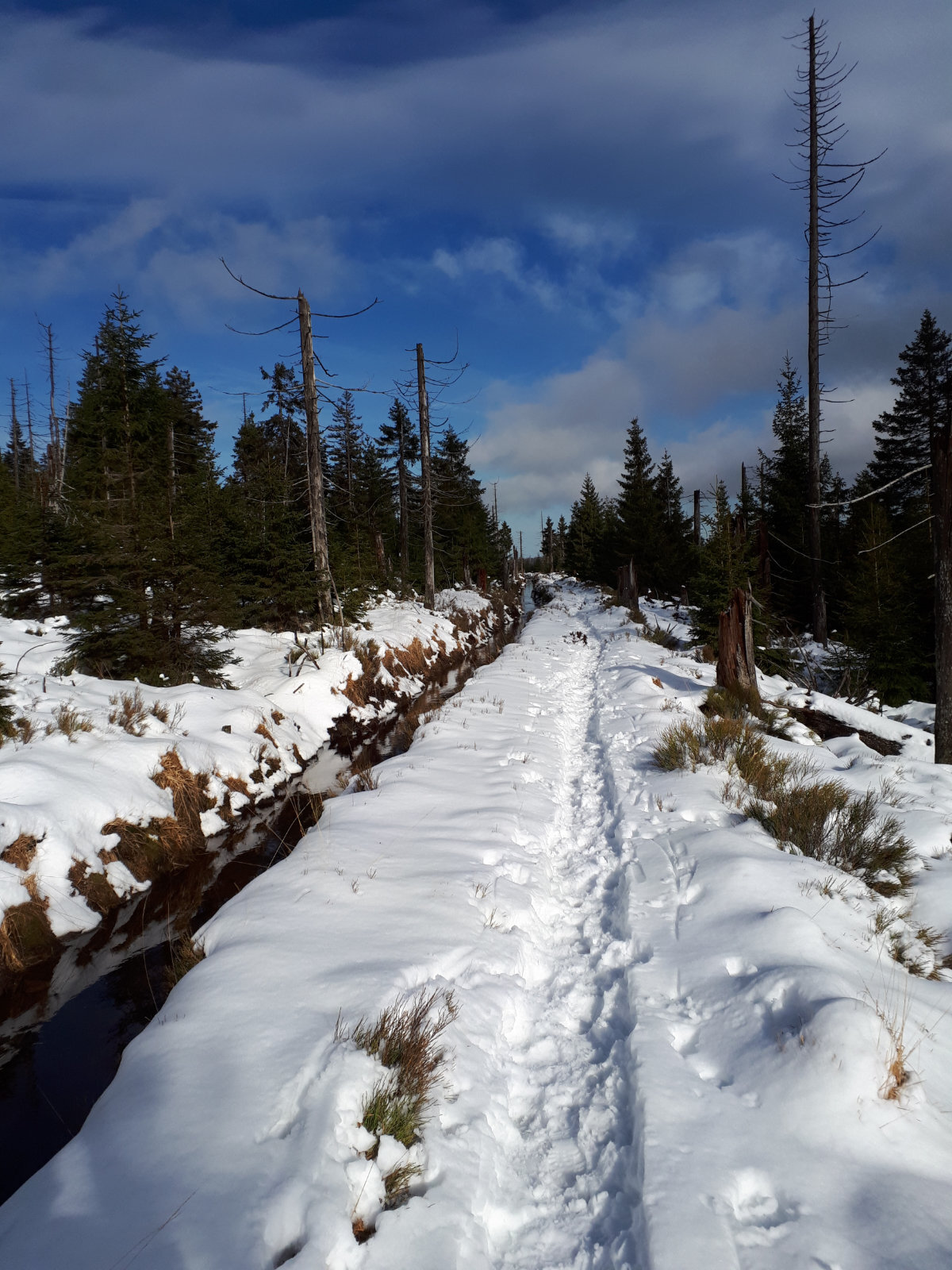
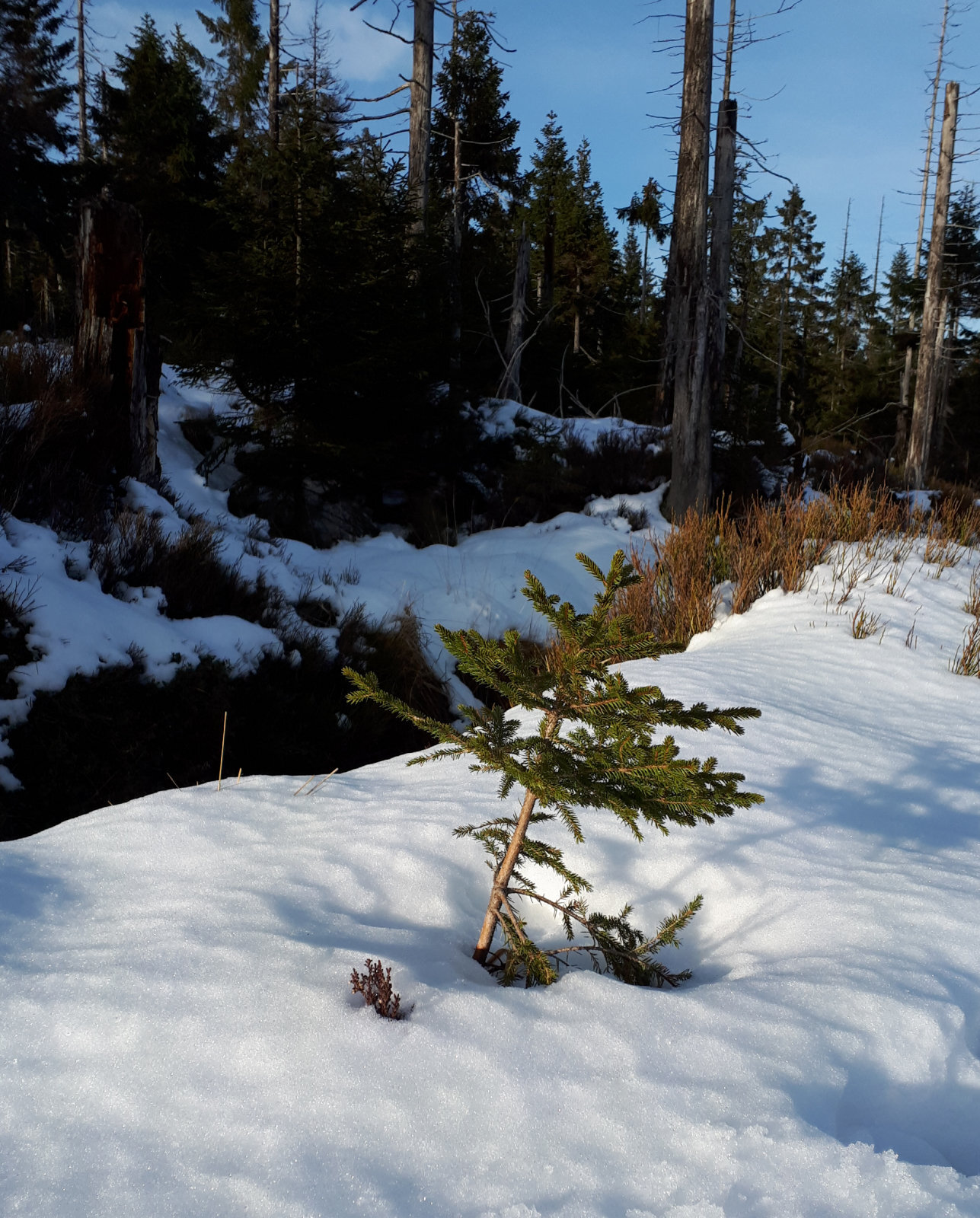
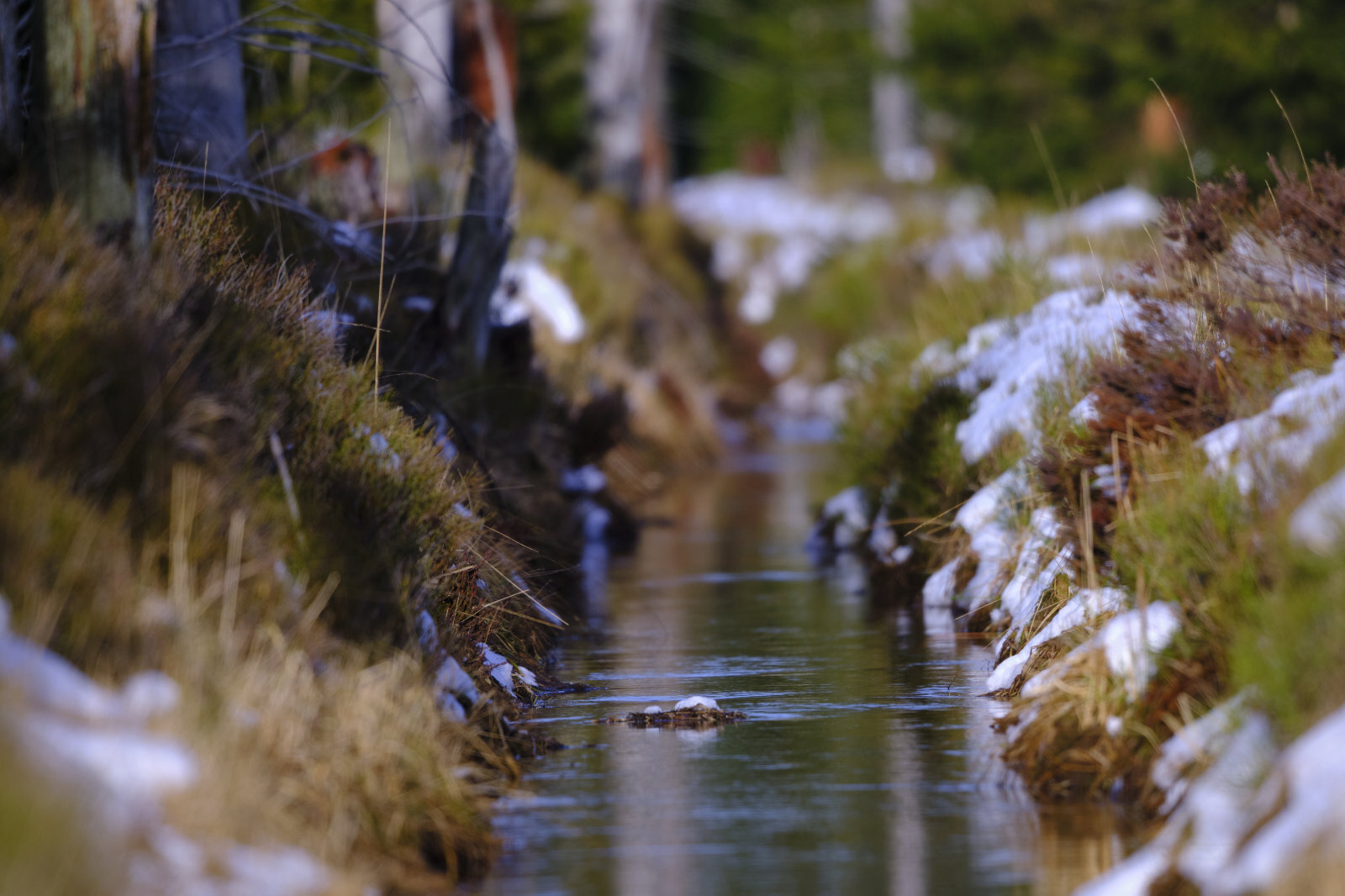

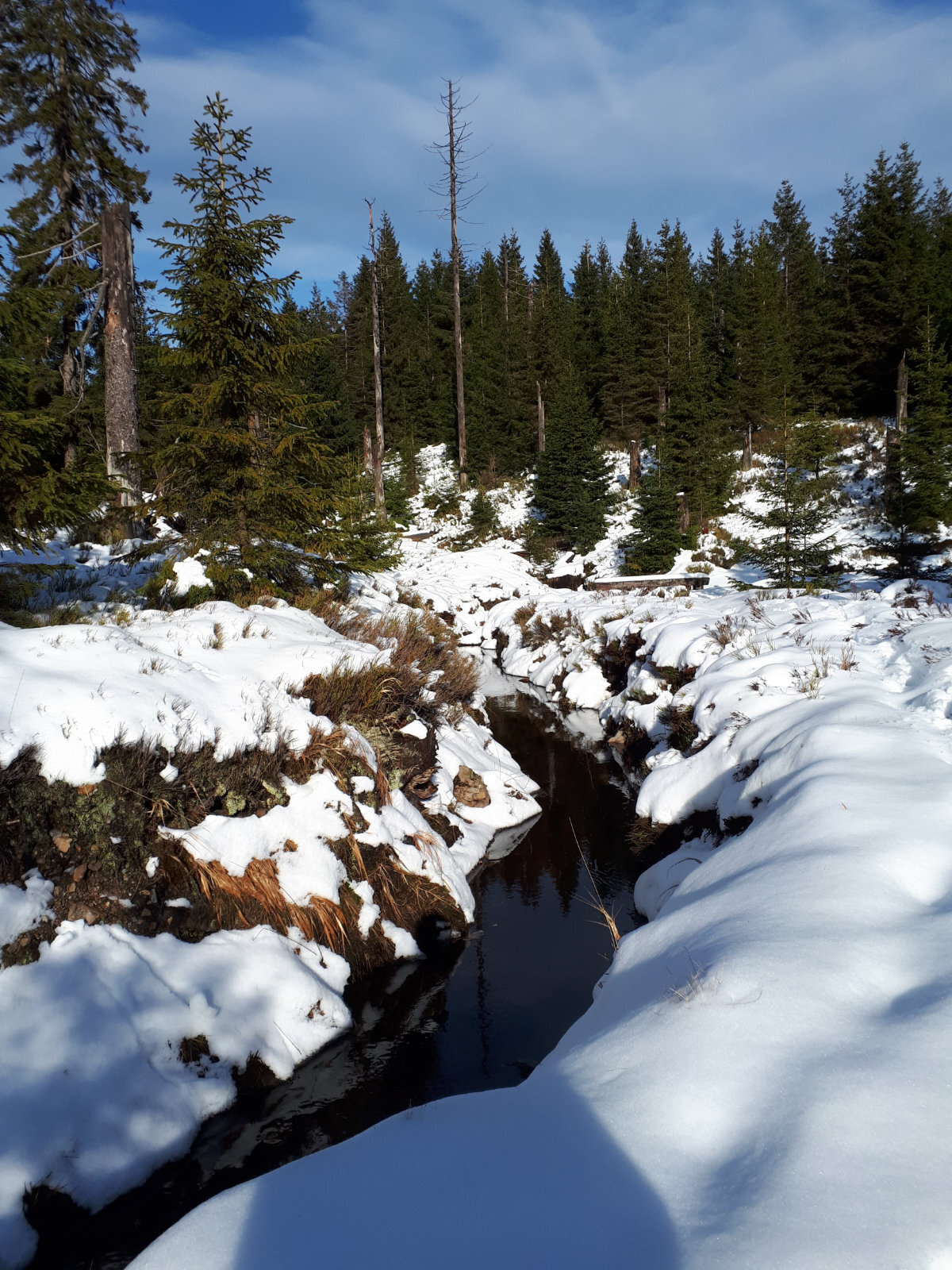
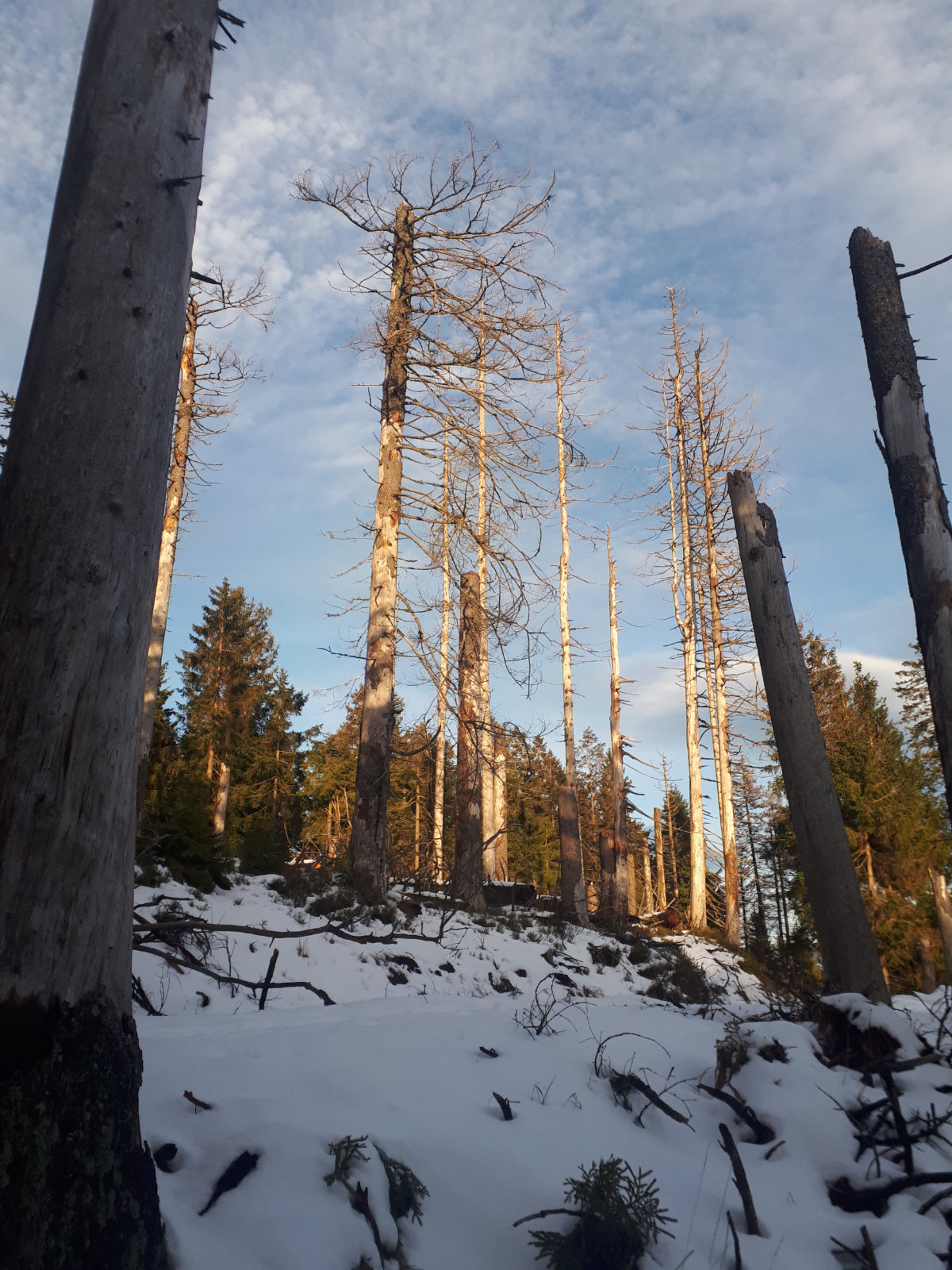

With exactly this idea in mind, I went to the mountain range nearby to see at least one day of winter. It was mid-February. In the flatlands where I live, there has been not a single snowflake all season. The local Harz mountains did not disappoint. I had a wonderful day out, with snow and sunshine. All went to plan. I have scarcely seen any animals though, a raven, a crossbill, a woodpecker, but it was a great day nonetheless. I have been lucky. To have a day out is what really matters. If you get your image, fine. If not, consider yourself lucky anyways. It’s a process.







